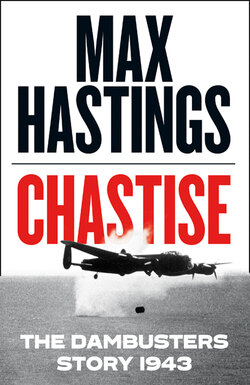Читать книгу Chastise - Max Hastings - Страница 9
Abbreviations Used in the Text
ОглавлениеAOC – Air Officer Commanding
ATS – Auxiliary Territorial Service; women’s branch of the army
CAS – Chief of the Air Staff; head of the RAF
C-in-C – Commander-in-Chief
CO – Squadron commanding officer
Gee – Electronic navigation aid, detecting a grid of radio signals transmitted from the UK, fitted to all Bomber Command aircraft but jammed by the Germans over continental Europe
HCU – Heavy Conversion Unit
IFF – Identification Friend or Foe: electronic radar-pulse identification device fitted to all British aircraft
MAP – Ministry of Aircraft Production
MEW – Ministry of Economic Warfare
OTU – Operational Training Unit
RAAF – Royal Australian Air Force
RAFVR – Royal Air Force Volunteer Reserve
RCAF – Royal Canadian Air Force
RNZAF – Royal New Zealand Air Force
SASO – Senior Air Staff Officer; comparable to an army or divisional commander’s chief of staff
USAAF – United States Army Air Force
WAAF – Women’s Auxiliary Air Force; thus a woman serving at an RAF station would be described as a ‘Waaf’
w/op – Wireless-operator
Narrative of operations uses a twenty-four-hour clock, while the twelve-hour civilian clock is used for other timings.
Bomber Command in February 1943 comprised around two thousand aircraft including trainers – the number varied daily, and significantly fewer were immediately serviceable – of which six hundred were ‘heavies’. Each of seven operational Groups was commanded by an air vice-marshal, and contained variously five to ten squadrons. A squadron was composed of eighteen to twenty-four aircraft, confusingly led by a wing-commander, and subdivided into two or three flights, each commanded by a squadron-leader.
